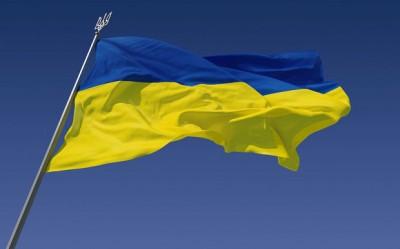On September 12, 2014, trilateral ministerial meeting of the EU, Ukraine and Russia produced quite unexpected decision to postpone the implementation of the EU-Ukraine DCFTA (Title IV of the Association Agreement) till January 1, 2016. It was explained by the need to support the crisis-ridden Ukrainian economy and to continue consultations with Russia regarding its concerns over the impact of the DCFTA on the Russian economy.
The decision expressed in the Joint Ministerial Statement1 contained several important provisions regarding the postponement of the ‘provisional application’:
-
It is to become possible only after the ratification of the Association Agreement. It was a clear sign that the EU and Ukraine are not ready to change the text of the Agreement in response to the Russian enquiries;
-
It is to be accompanied with the prolongation of the autonomous trade measures (ATMs) that the EU granted to Ukraine in April 2014. Thus, the access to EU market remains duty-free for the majority of the Ukrainian exporters;
-
It is done based on understanding that Russia will continue to apply preferential CIS FTA in trade with Ukraine.
Taken at face value, the arrangement is moderately beneficial for Ukraine. The ATMs set duty-free regime for 95% of industrial products and 84% of agricultural goods, and duty-free tariff rate quotas for the rest of agricultural goods, which favours Ukrainian exporters. Moreover, the Ukrainian business will get additional time for modernisation and improvement of competitiveness before Ukraine will start gradual elimination of its import duties in trade with the EU.
The postponement of the DCFTA also seems to give Ukraine some (uncertain) time to prepare for eventual increase in tariff barriers for exports to Russia. The latter officially announced that the establishment of the DCFTA between Ukraine and the EU will be considered as a threat for the Russian economy, and that it will retaliate by withdrawing duty-free preferences for a part of Ukrainian exports. The list of goods, to which the MFN rate (the rate used among WTO members) will be applied, include a wide range of agricultural and industrial products, e.g. meat, dairy products and vegetables, chemical industry products, textile products, machinery and equipment. Together, it concerns about a quarter of Ukrainian exports to Russia. On September 19, 2014, the Government of Russian Federation passed Resolution #959, explicitly linking the introduction of the MFN regime for imports from Ukraine with the practical implementation of the DCFTA by Ukraine. As it is unclear what activities will be considered as the practical implementation, the elimination of free trade for a part of the Ukrainian exports to Russia can happen any time in 2014 or 2015. Ambiguity regarding Russia retaliation will end in 2016 as the provisional application of the DCFTA will trigger the implementation of Resolution #959.
Drawback of the arrangement includes delayed further opening of the EU market, namely elimination of all import duties on industrial products, additional reduction in import duties on agricultural goods and expansion of tariff rate quota volumes. The ATMs replicate the schedule of trade liberalization of the first year of the implementation of the Association Agreement, and hence the prolongation of the ATMs means that there will be three ‘first’ years of the DCFTA – in 2014, 2015, and 2016 (assuming no further delays). In addition, Ukrainian business and consumers will have to wait longer for gains associated with the DCFTA, like increased variety, or relatively cheaper imports of both capital and consumer products.
Major risk in the DCFTA delay is how it will affect harmonization of legislation, constituting backbone of the Association Agreement. According to the Decision of the Council of the European Union, provisional application of majority of the Agreement, including economic and sectoral сooperation, starts already in 2014. It means that harmonization with the EU acquis in such spheres as environment, consumer protection, social policy etc. can continue without delay and, hopefully, without pressure of Russia’s retaliation. However, harmonization of legislation in areas most acute for the Ukrainian economy and for access to the EU market, namely TBT, SPS, customs, intellectual property rights protection, public procurement, and competition, might be delayed due to possible Russia’s retaliation.
In this situation, it is important for Ukraine to withstand this retaliation pressure, and to proceed with reforms. It seems to be understanding between the EU and Ukraine that in case of Russia’s retaliation until 2016, the provisional application of DCFTA will be introduced immediately. The IER estimates prove that the establishment of the full-scale DCFTA between Ukraine and the EU is definitely a better option for the economy, even if the FTA with Russia is lost.2
1 http://europa.eu/rapid/press-release_STATEMENT-14-276_en.htm
2 http://www.ier.com.ua/files//Projects/2013/EU_Ukraine/presentation_DCFTA_2014-09-16_EN%20%281%29.pdf




